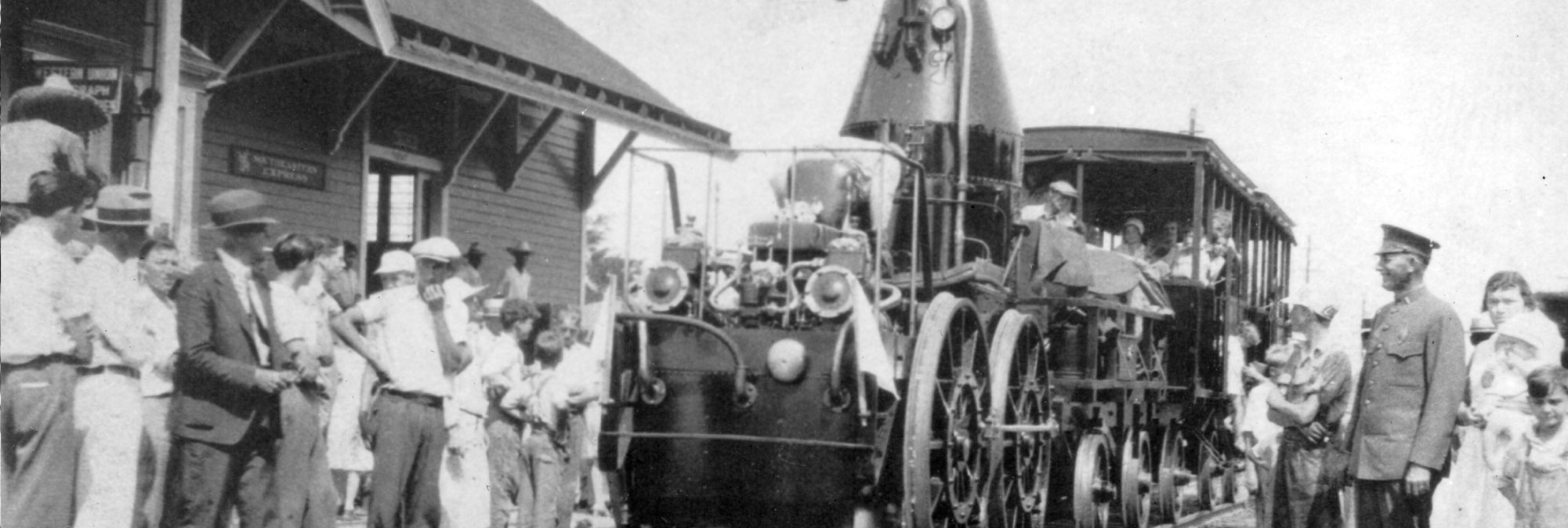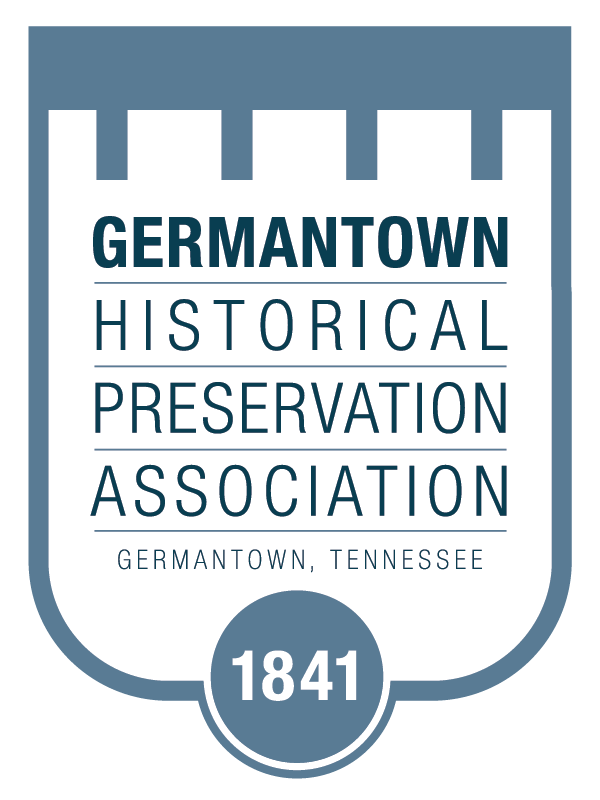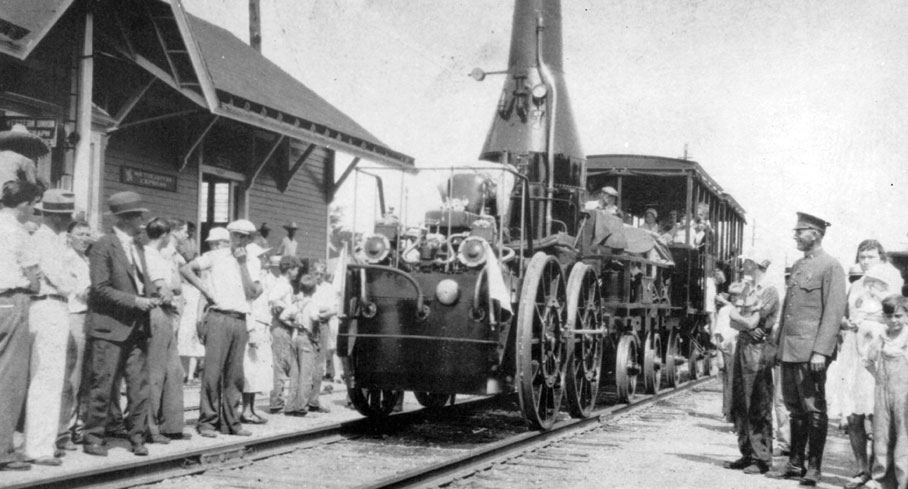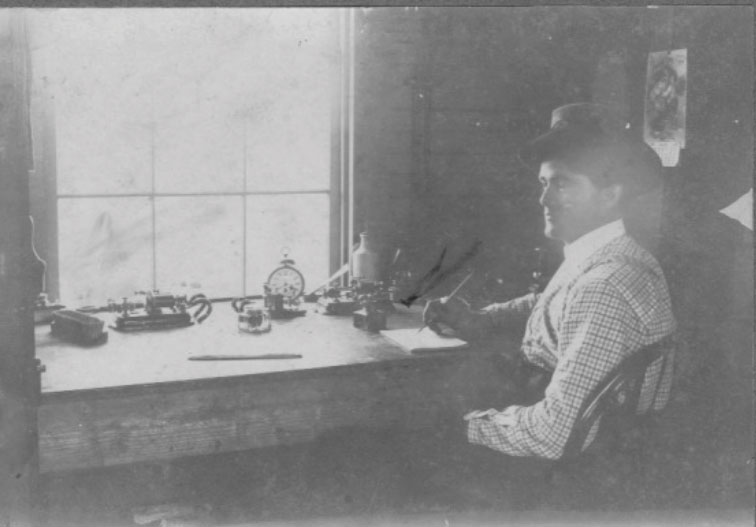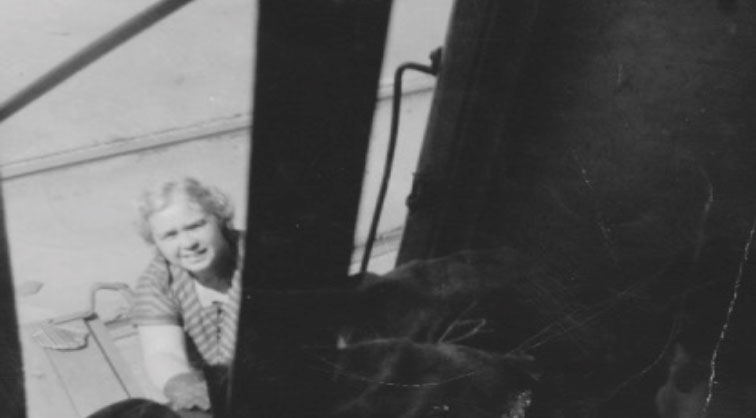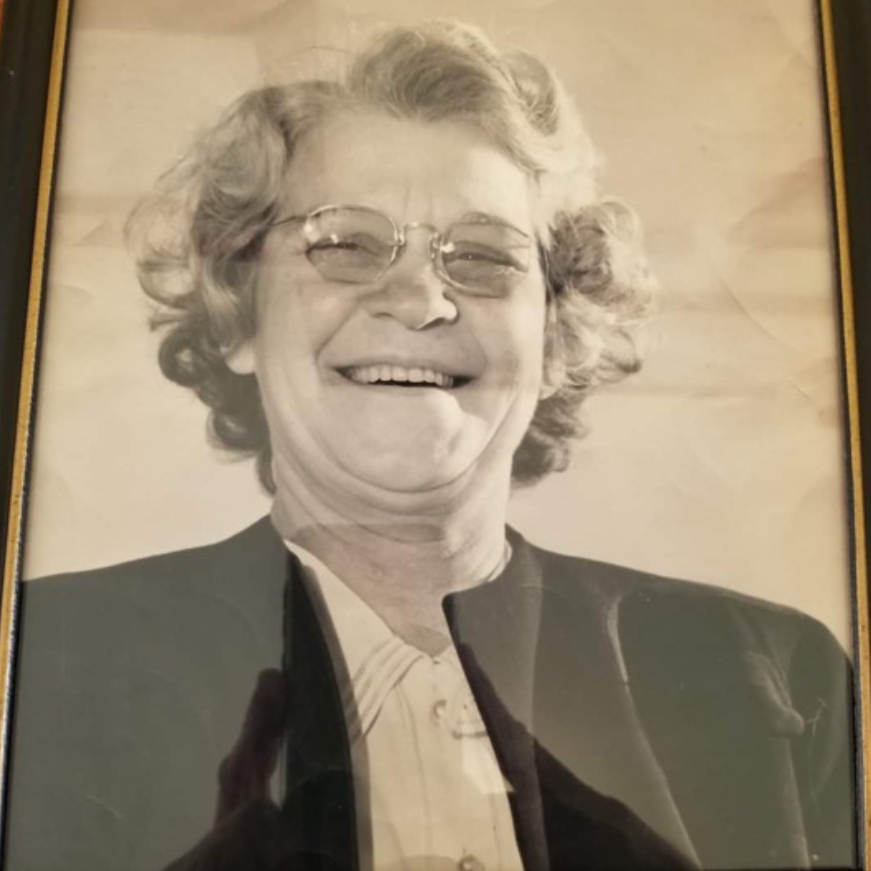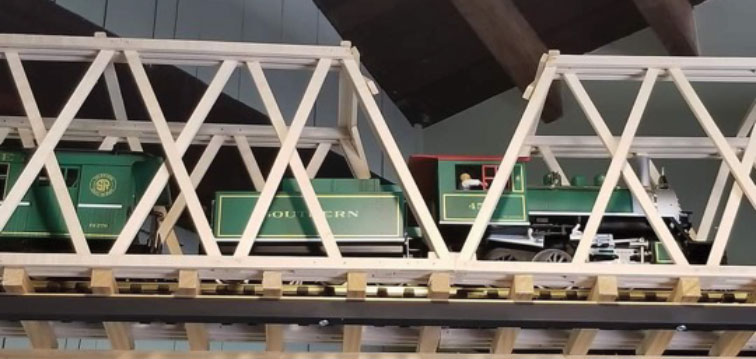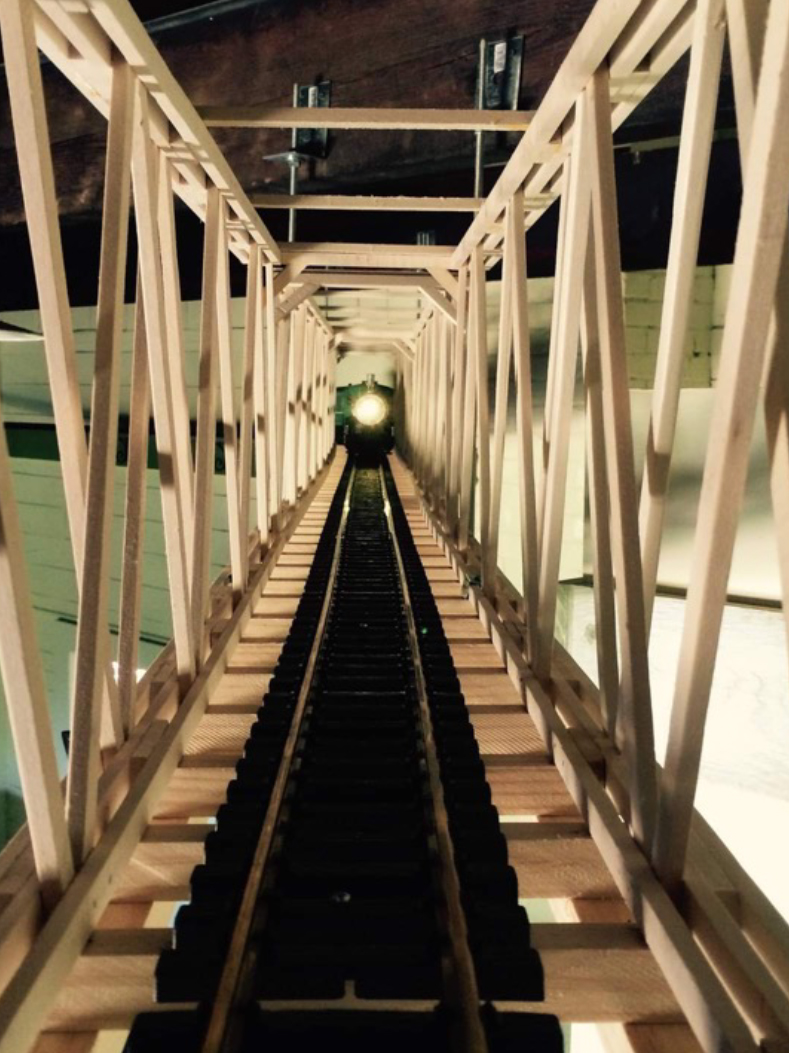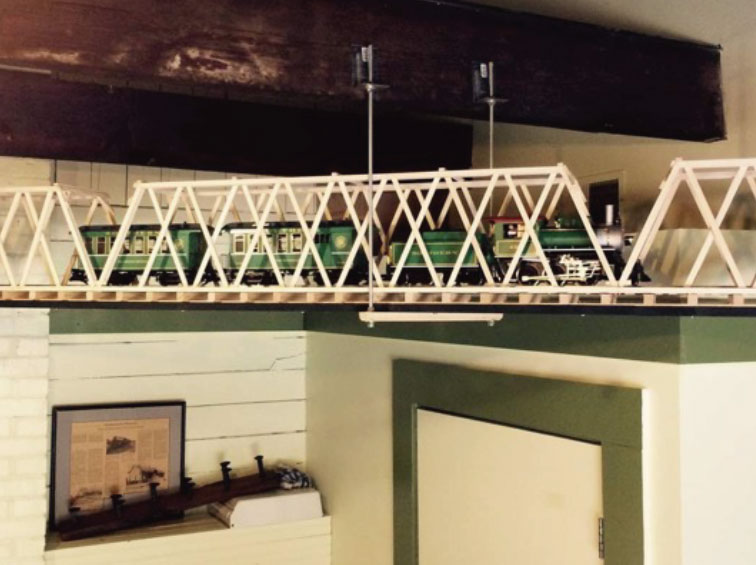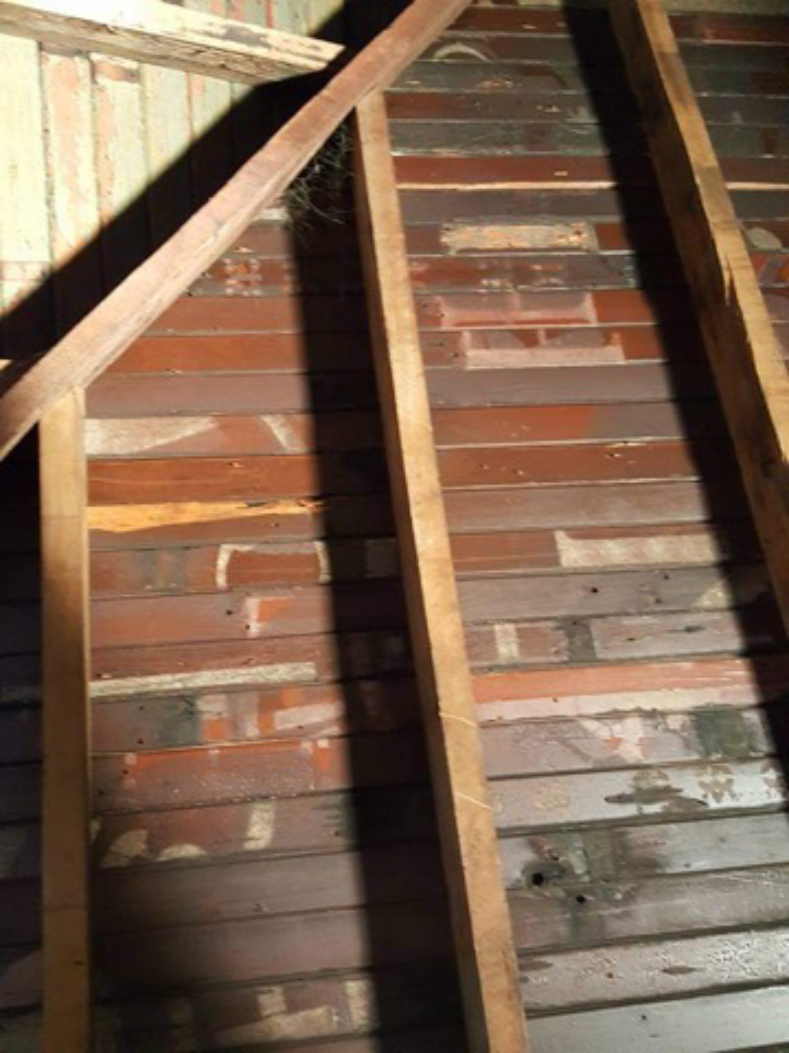The Friends of the Germantown Train Depot (Facebook Site) is designed to capture the railroad heritage of Germantown that encompasses the Depot, the Memphis & Charleston Railway, Southern Railway, and the Norfolk Southern Railway. Visit our Depot online with photos of the interior and a description of what you will see upon visiting us at 2260 West Street, adjacent to the railroad track. Parking is accessible to both West Street and Germantown Road.
Our profile photo shows The Best Friend of Charleston arriving at the Germantown Depot in 1928. The Best Friend of Charleston was a steam-powered railroad locomotive that is widely acclaimed as the first locomotive to be built entirely within the United States for revenue service. I
The locomotive was built for the South Carolina Canal and Rail Road Company by the West Point Foundry in Cold Spring, New York in 1830. Disassembled for shipment by boat to Charleston, South Carolina, it arrived in October of that year and was unofficially named The Best Friend of Charleston. After its inaugural run on Christmas Day, the Best Friend was used in regular passenger service along a six-mile demonstration route in Charleston. For the time, this locomotive was considered one of the fastest modes of transport available, taking its passengers “on the wings of wind at the speed of fifteen to twenty-five miles per hour. The only mode of travel that was any faster was by an experienced horse and rider.
On June 17, 1831, The Best Friend became the first locomotive in the US to suffer a boiler explosion. The blast is said to have been caused by the fireman turning down the steam pressure release valve; he had grown tired of listening to it whistle, so to stop the noise he closed the valve permanently (another account has the fireman placing a stout piece of lumber on the safety valve and sitting-in on it). Another reason may have been the fireman was trying to overpressure the boiler as the locomotive was expected to perform hard work, i.e., climbing a gradient upon setting off. This was common practice and a common cause of boiler burst until a tamper-proof safety valve was produced. The blocked value caused the pressure within the boiler to exceed its capacity, and it exploded. The resulting blast was said to have hurled metal fragments over a wide area and killed the firemen. The locomotive’s engineer, Nicholas Darrell, was uninjured in the explosion.
According to the Centennial History of South Carolina Railroad, this wrote a new rule in the SCC&RR operating manual that engineers were to remain on station at all times, with the aid of newly hired conductors to manage cars, passengers, and switches. Salvageable parts from the Best Friend were later used to build the Phoenix which seems to have run-up to the time of the American Civil War. To restore confidence, a flatcar piled high with protective cotton bales was placed between the locomotive and its passenger cars.
Southern Railway had The Best Friend replica built from the original blueprints in 1928 to commemorate the 100th anniversary of the charter of the South Carolina Canal and Rail Road Company. The company was chartered in 1828 by the Legislature to explore connecting Charleston with inland markets via rail. The replica locomotive traveled westward and visited towns and cities along the Southern Railway line, including Germantown (see photo).
Norfolk Southern donated the replica to the City of Charleston in 1971. Norfolk Southern borrowed the replica in December 2008 and it was returned to the city after six years on loan to Norfolk Southern headquarters in Atlanta where they had displayed it in their lobby until October 2014. Today, one replica is in the hands of the Charleston, SC Chapter, National Railway Historical Society, and is on permanent display at The Best Friend Train Museum located at 34 Ann Street in downtown Charleston. The other replica is in the South Carolina State Museum in Columbia.
It’s a Family Affair
The railroad tracks reached Germantown in 1852. During the time Memphis – Charleston Railroad and Southern Railroad offered passenger and freight service, there were a number of depot agents and mail messengers. Passenger and freight service stopped on August 2, 1968. A mail messenger would receive the daily mail and take it to the post office. From 1917-1921, the Depot Agent for Southern Railroad was L.W. Robertson. L.W. was married to Luby Washington Robertson. Their daughter, Dorothy Robertson Sandlin, was a mail messenger.
His tenure covered the time when the ‘Town’ of Germantown temporarily changed its name to Neshoba during the First World War.
Don McAlpin’s 1st Hand Account of the Depot
I began working for Southern Railway as an extra agent/operator on July 5, 1957, on the Memphis Division. Thelma Brooks was the agent at Germantown when I hired out and she continued there as an agent until her retirement in late 1967 or early 1968. During all those years I never met her. F.M. Crawford was an agent there from her retirement until Feb. 12, 1968. I was an agent there from Feb. 13, 1968, until the station was discontinued on August 2, 1968. I retired from the Norfolk Southern Railway on July 12, 1999. I sure enjoyed my time working at the Germantown Depot and am looking forward to a visit there soon….Don McAlpin
(Note: Ever eaten Aunt Thelma’s Chicken at Southern Social Restaurant in Germantown, TN? She has a tie to the family that runs the restaurant.)
Elevated Model Railway
Several years ago, Germantown residents Ralph Miller and Neil Sherman designed and constructed an elevated, model railway in the baggage room of the Germantown Depot. The Southern engine and cars replicate what you may have seen at the turn of the 20th century on the tracks in Germantown. Enjoy a ride on the G-Scale track layout that they installed at the Germantown Depot.
Ceiling in Baggage Room of Germantown Depot
Mike Fleming, working with the downtown Transportation Museum in Central Station, visited the Depot and brought to our attention the ceiling in the baggage room, composed of wood siding found on the exterior of boxcars. The planking also has letters, numbers and markings typical to boxcar siding. Some planks have more than one letter and many were stenciled.
